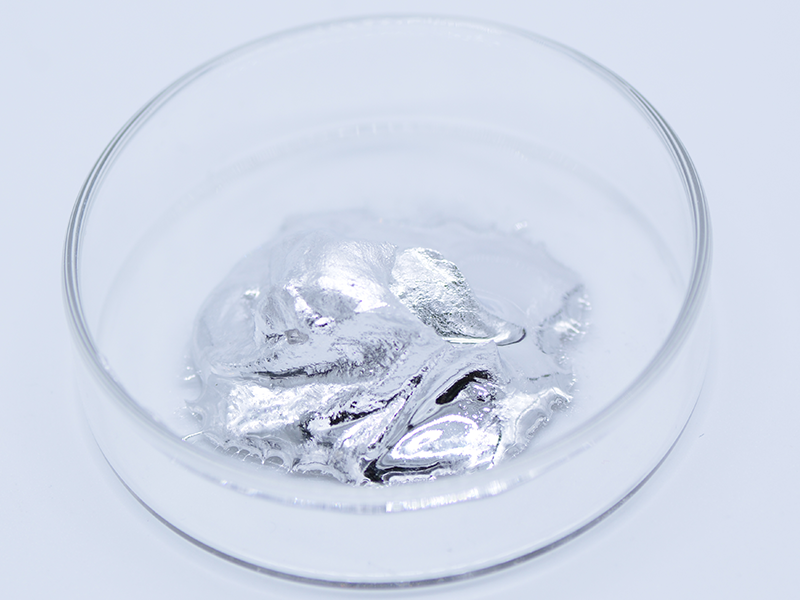uid metal is called a gallium-indium alloy.
Gallium alloy materials with different melting points are formed by adding other elements to the "liquid metal material-gallium".

Are Gallium Alloy Liquid Metal Materials Safe?
Gallium ions are toxic. If taken in excess, it can have adverse effects on the human body. For example, short-term exposure to large doses of gallium chloride can cause throat inflammation and chest pain, and severe cases may cause adverse reactions such as partial paralysis.
However, elemental gallium and gallium alloys are non-toxic, and liquid metals are gallium alloy materials. Liquid metal has a boiling point of up to 2000 ° C, and its physical and chemical properties are very stable, which means that it will not be volatile in the air like mercury, so it will not directly harm people.
In addition, gallium is also used in some medical diagnostic processes, such as tumors, anti-osteoporosis, and immunosuppression. In some medical devices and medical materials, gallium is also used, for example, as a dental filling material, a thermometer and the like.
Before using a variety of materials, you must fully understand the properties of the material itself and use the correct method.
Application of liquid metal batteries
A liquid metal battery is composed of two liquid metal electrodes and a molten salt electrolyte. The positive electrode material is usually a transition metal element or alloy such as tin, and the negative electrode material is usually an alkali metal or alkaline earth metal element or alloy. When the battery is discharged, the electrons lost by the negative metal material work on the external circuit, and the cations generated by the lost electrons move to the vicinity of the positive electrode of the battery through the molten salt, a reduction reaction occurs, and a new alloy is formed with the positive metal. When the battery is charging, the above process is reversed.







